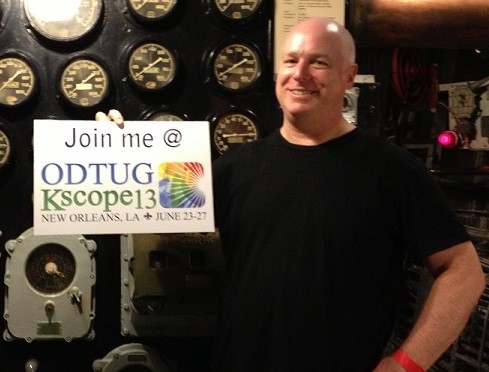Oak Table World 2018
Oak Table World 2018 (OTW) just completed at the Children’s Creativity Museum in San Francisco. The event website is “https://otw18.org“. This year, it was my turn to organize this remarkable little un-conference on behalf of the Oak Table Network, which is often described as a drinking society with an Oracle problem. What is an “un-conference”? […]
